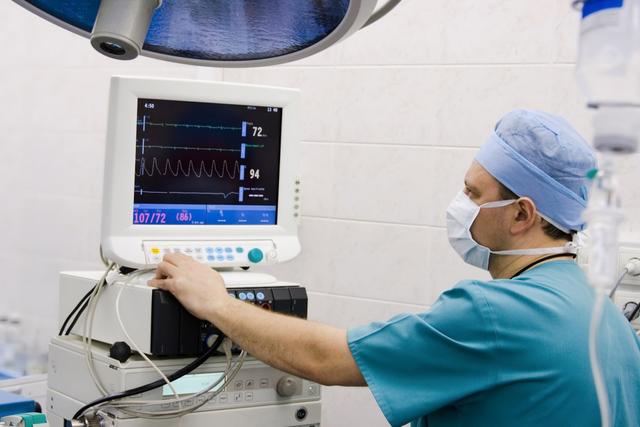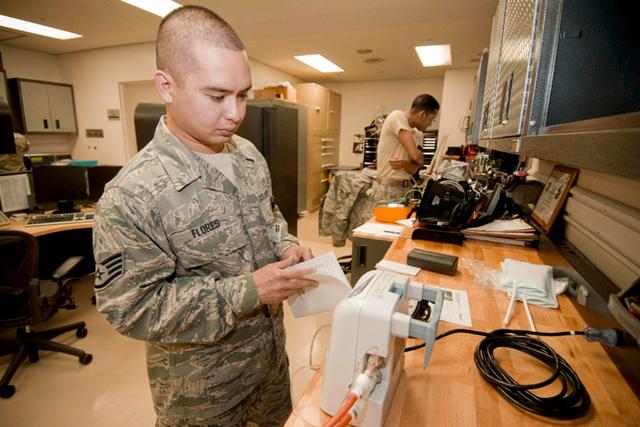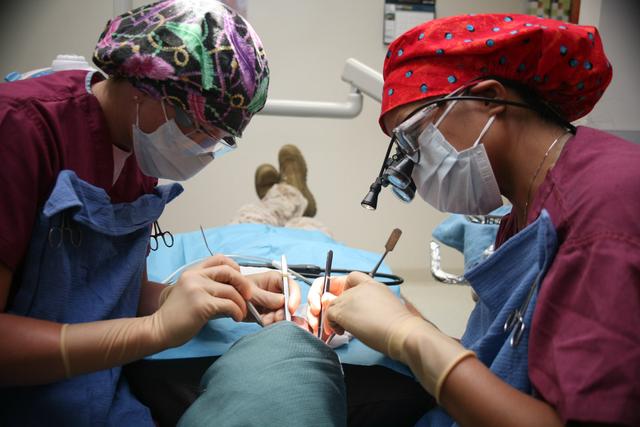Diagnostic Medical Sonographers
Overview
Introduction
Diagnostic medical sonographers, or sonographers, use advanced technology in the form of high-frequency sound waves similar to sonar to produce images of the internal body for analysis by radiologists and other physicians. There are about 84,900 diagnostic medical sonographers employed in the United States.
Quick Facts
Median Salary
Employment Prospects
Minimum Education Level
Experience
Skills
Personality Traits
Earnings
Diagnostic medical sonographers earned a median annual income of $84,470 in May 2023, according to the U.S. Department of Labor. The lowest paid 10 percent of this group, which included those just beginning in the field, made approximately $63,680. The highest paid 10 percent, which included those with experience and managerial duties, earned more than $116,300 annually. Fifty percent of diagno...
Work Environment
A variety of work settings exist for sonographers, from health maintenance organizations to mobile imaging centers to clinical research labs. In health care settings, diagnostic medical sonographers may work in departments of obstetrics/gynecology, cardiology, neurology, and others.
Sonographers enjoy a workplace that is clean, indoors, well lit, quiet, and professional. Most sonographer...
Outlook
Employment of diagnostic medical sonographers is projected to increase 15 percent from 2023 to 2033, according to the U.S. Department of Labor, much faster than the average for all careers. One reason for this growth is that sonography is a safe, nonradioactive imaging process. In addition, sonography has proved successful in detecting life-threatening diseases and in analyzing previously nonim...































































































































